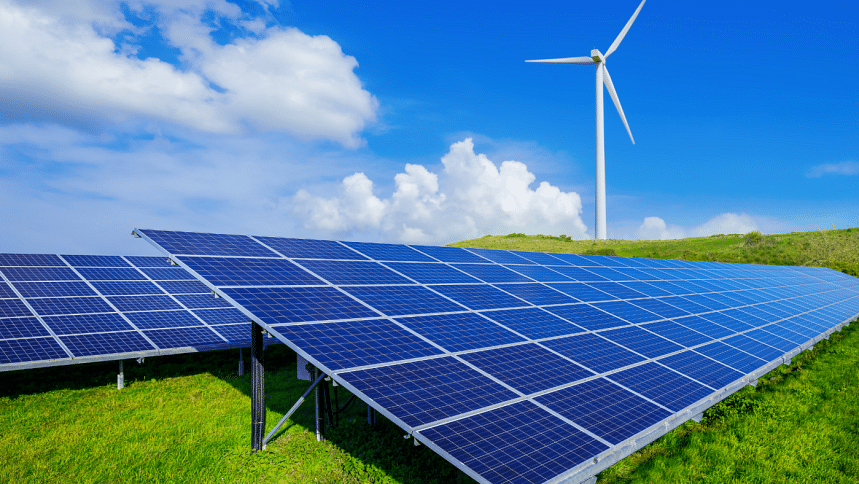India develops solar-powered green hydrogen production

Indian scientists have developed a scalable device that produces green hydrogen, one of the cleanest fuels, by splitting water molecules using only solar energy.
Green hydrogen is capable of decarbonising industries, powering vehicles, and storing renewable energy. Yet, until now, scalable and affordable production methods have remained elusive.
In a step towards this, scientists from the Centre for Nano and Soft Matter Sciences (CeNS), Bengaluru, an autonomous institute of the Ministry of Science and Technology (DST), have developed a next-generation device that produces green hydrogen by splitting water molecules using only solar energy and earth-abundant materials, without relying on fossil fuels or expensive resources, said the Ministry.
Led by Dr Ashutosh K. Singh, the research team designed a state-of-the-art silicon-based photoanode using an innovative n-i-p heterojunction architecture, consisting of stacked n-type TiO2, intrinsic (undoped) Si, and p-type NiO semiconductor layers, which work together to enhance charge separation and transport efficiency.
"By selecting smart materials and combining them into a hetero-structure, we have created a device that not only boosts performance but can also be produced on a large scale," said Dr Singh. "This brings us one step closer to affordable, large-scale solar-to-hydrogen energy systems."
The work has been published in the Journal of Materials Chemistry A, published by the Royal Society of Chemistry. The researchers believe that with further development, the technology could fuel hydrogen-based energy systems, from homes to factories, all powered by the sun.
The materials were deposited using magnetron sputtering, a scalable and industry-ready technique that ensures precision and efficiency. "This thoughtful engineering approach allowed better light absorption, faster charge transport, and reduced recombination loss: key ingredients for efficient solar-to-hydrogen conversion," according to the Ministry.
The device achieved an excellent surface photovoltage of 600 mV and a low onset potential of around 0.11 VRHE, making it highly effective at generating hydrogen under solar energy. It also showcased long-term stability, operating continuously for over ten hours in alkaline conditions with only a 4% performance drop, a rare feat in Si-based photo-electrochemical systems.
The new device is attractive for several reasons, including high efficiency, low energy input, robust durability and cost-effective materials, all in one package, the Ministry said. It also demonstrated successful performance on a large scale, with a 25 cm2 photoanode delivering excellent solar water-splitting results.

 For all latest news, follow The Daily Star's Google News channel.
For all latest news, follow The Daily Star's Google News channel. 



Comments